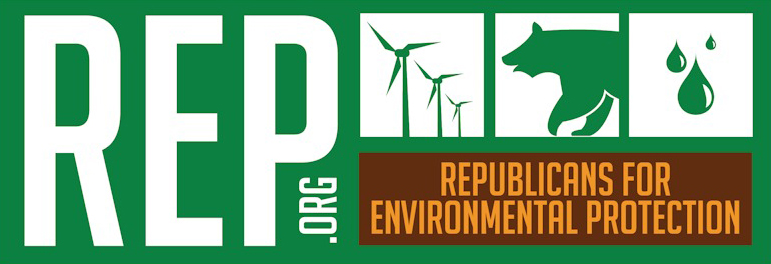A Conservative Climate Stewardship Plan
By JIM DIPESO, REP’s vice president for policy
AN HISTORICAL DOCUMENT: Jim delivered this speech at Pacific Northwest Carbon Pricing Conference, University of Washington in Seattle, May 21, 2011.
xx
Good afternoon.
My five minutes will start with a lesson learned, take a quick detour to a history lesson, and then get on the main road with a conclusion that arises from my lesson learned.
My lesson learned is don’t put all your eggs in one basket. We once thought cap-and-trade was the only politically viable way to put a price on carbon, which is the single most important thing that we must accomplish, here and nationwide, in order to straighten out the energy and climate mess that we’re in.
Then along came the Waxman-Markey legislation. It seemed like a good idea at the time. However, when you draft a 1,400-page bill that no one could explain in plain English in under 30 minutes, you’ve created a target-rich environment for every special interest, ideological extremist, and scientific illiterate camped along the Potomac River who is fighting to make the world safe for the fossil energy status quo.
That’s when we started taking a serious look at alternatives, like the carbon tax that we are discussing and debating today. Before I get into that, here’s the quick history lesson. Cap-and-trade is an idea with Republican roots. Cap-and-trade was folded into the 1990 Clean Air Act amendments to reduce sulfur dioxide emissions linked to acid rain.
That Clean Air Act language, in turn, was the outgrowth of C. Boyden Gray’s work with the Reagan administration’s regulatory relief task force in the late 1980s. As we know, cap-and-trade has worked well in controlling sulfur dioxide pollution from a subset of stationary sources that are relatively easy to track for monitoring and enforcement.
Cap-and-trade is not an inherently bad idea that should be ruled off the table forever. It’s just that circumstances and politics have combined to warrant giving alternatives for pricing carbon a fresh look.
When I first started thinking about cap-and-trade alternatives, I was drawn to Jim Hansen’s proposal. Jim Hansen, as many of you know, is one of America’s leading climate scientists. His one-page idea for putting a price on carbon is fee-and-dividend: require all sources of carbon to pay a fee upon their entry into the economy. Send all the revenues to the taxpayers as a dividend check. And that’s it.
Hansen’s approach exemplifies the principles that any carbon tax should follow.
One, keep it simple and transparent. No 1,400-page War and Peace novels. If you can’t explain the deal on an elevator ride from the parking garage to the 15th floor, then it’s too complicated.
Two, rely on market forces, by prodding the market to tell the whole truth about the costs of carbon-based energy sources.
Emphasize the idea that people would be free to make their own choices. Those who wish to use carbon-based energy with abandon would be free to do so – knowing up front that they would pay at least some of the social costs of using lots of carbon-based energy, rather than shift those costs onto their fellow citizens.
Those who acknowledge the market signal and change their purchasing decisions could avoid some or most of the higher prices. Depending on the choices they make and the size of their dividend or compensating tax reduction, they might even come out ahead financially.
Three, don’t use the revenues to grow the size of government or establish any new bureaucracies. Like it or not, people don’t want to give more money to the government until such time as the government has earned back their trust. If voters are unwilling to support a small surcharge on soda pop, they’re not going to back a carbon tax if they think it will disappear down another government black hole.
Give it all back to the citizenry, either as dividend checks or as compensating tax reductions.
I’ll leave the choice of refund mechanisms to the policy wonks. Here’s one thing to think about: according to an analysis by Resources for the Future, returning revenues as tax reductions would result in lower costs per ton of CO2 reduced than returning revenues to taxpayers as dividends.
Politically, the dividend approach could be more effective in gaining political support by creating an expectation of that annual check in the mail. Alaskans look forward to their annual PFD, the Permanent Fund Dividend. Washingtonians could look forward to their annual CSD – Climate Stewardship Dividend.
That’s it. If you follow Jim Hansen’s principles in designing a carbon tax, it will be simple and transparent. It will be market-based. It will not enlarge government. It will tell individuals that they can make energy choices that suit themselves. And, it will take a better-safe-than-sorry approach to throttling back our country’s dangerous oil dependence and keeping heat-trapping gases out of the atmosphere.
I’d call that approach a conservative climate stewardship plan. Thank you.
Return to THINGS WE FIGHT FOR: CLEAN AIR, CLEAN ENERGY, AND A STABLE CLIMATE
Return to REP’S HISTORY: PART 3
Return to top of page
